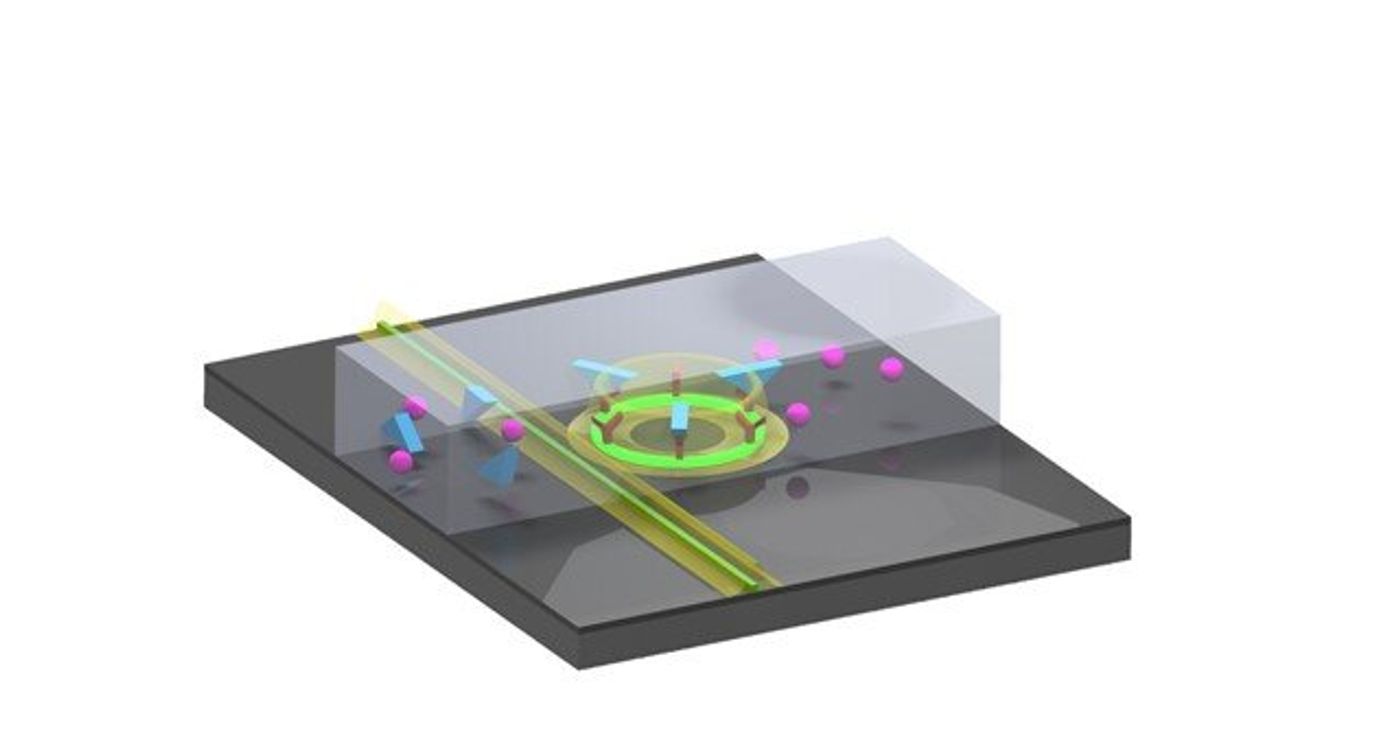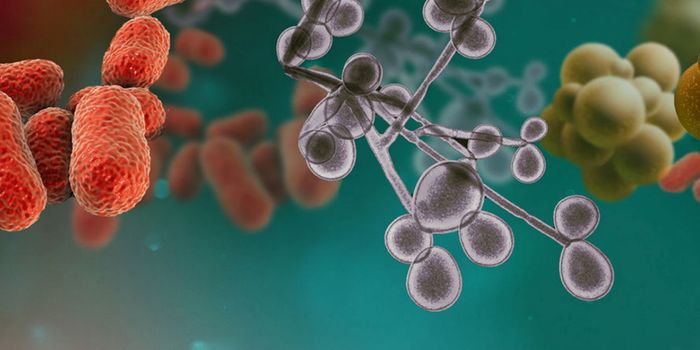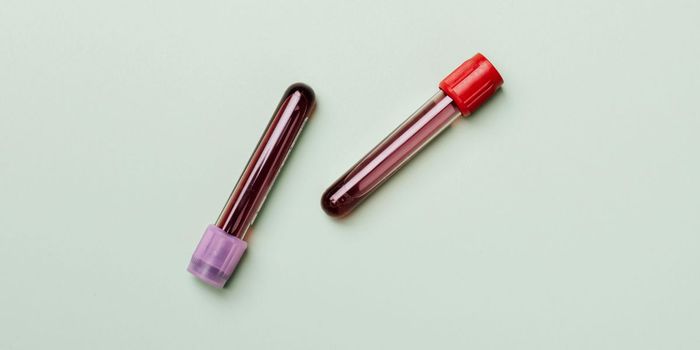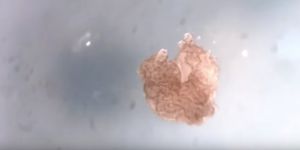Laser microchip picks up cancer markers in urine
A future where patients no longer need to endure expensive, painful and complicated cancer tests could soon become a reality. Researchers have developed a new diagnostic technology capable of detecting trace amounts of cancer biomarkers in urine samples. With further refinements, the label-free, chip-based device could completely revolutionize health monitoring practices as we know them.
Biomarkers are molecules in the body such as proteins, DNA and hormones, whose levels are indicative of the presence of disease. Measuring and monitoring biomarker levels are vital in designing effective, personalized therapies for each patient.
Speaking on the immense potential of the platform, Professor in Applied Physics at the University of Twente in the Netherlands, Sonia M. Garcia-Blanco, said, "The new technology we developed paves the way to faster and ultra-sensitive detection of panels of biomarkers that will permit doctors to make timely decisions that improve personalized diagnosis and treatment of medical conditions including cancer."
Patients could say goodbye to having to take invasive tissue biopsies. Instead, providing routine urine samples would be enough for providing critical insights to physicians before, during and after cancer treatment.
On the optical microchip, laser light moving through the urine samples changes in frequency when it crosses paths with the cancer biomarker. The team validated the chip's application using the cancer biomarker, S100A4. This is a protein that normally regulates changes in cell shape as cells move or migrate. When S100A4 levels are elevated in body fluids, it acts as a prime candidate as an early biomarker for cancer, signaling the presence of metastatic tumors.
Among the challenges faced by Garcia-Blanco and the team was the urgent need for an improved diagnostic tool that is easily mass-produced, inexpensive, disposable and does not require extensive technical expertise to interpret results.
Impressively, their microchip was able to tick all the boxes and on top of that, was able to detect S100A4 with incredible sensitivity. The system was capable of picking up the biomarker from human samples at concentrations as low as 300 picomoles. For reference, that's the equivalent of positively detecting 200 millionths of a gram of salt in a liter of water.
The next steps for the group involve further simplifying the system, as well as expanding its capabilities, allowing it to spot even more known cancer biomarkers.
Sources: MedGadget, Optics Letters.









